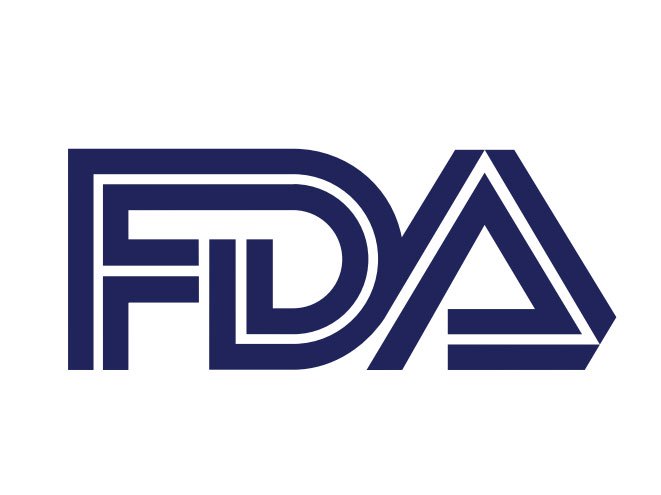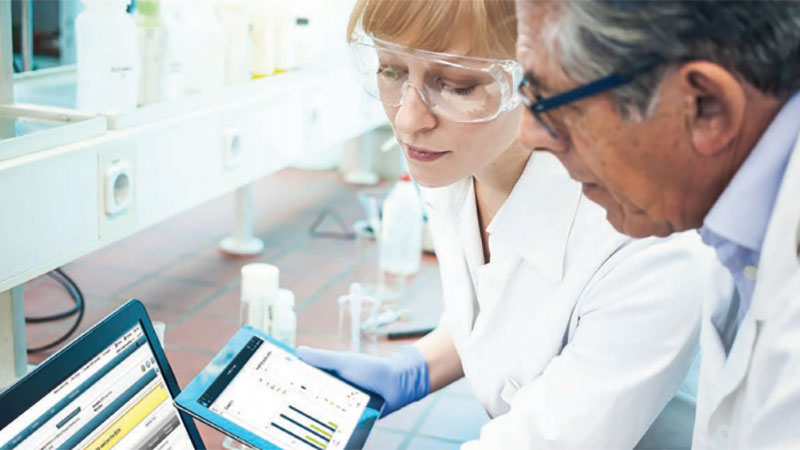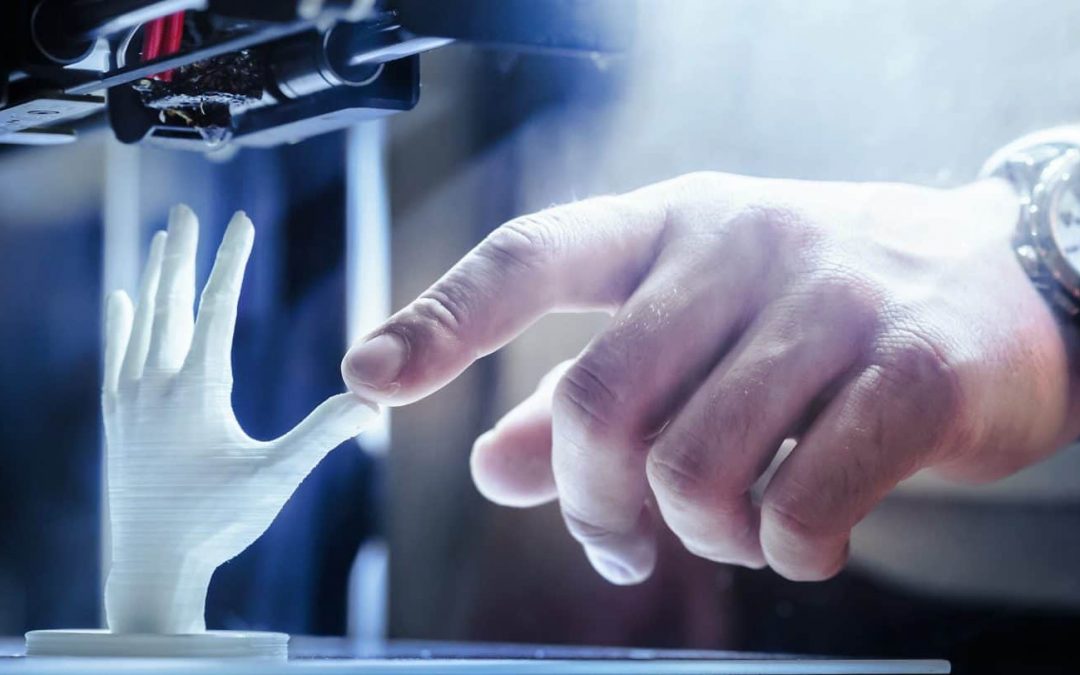The Food and Drug Administration (FDA or the Agency), the US regulating authority in the sphere of healthcare products, has published a guidance document dedicated to the technical considerations for additive manufactured medical devices. The document is intended to assist medical device manufacturers and other parties involved in achieving and sustaining compliance with the applicable regulatory requirements to ensure the safety and effectiveness of the products intended to be placed on the US market. However, the document itself does neither introduce new rules nor impose new obligations since the provisions thereof are non-binding in their legal nature. Furthermore, the authority also mentions that an alternative approach could be applied, provided such an approach complies with the requirements set forth by existing legislation.

Table of Contents
Regulatory Background
According to the document, it was developed to address the regulatory matters related to medical devices based on additive manufacturing technology, the broad category of manufacturing encompassing 3-dimensional (3D) printing. As it is further described by the FDA, additive manufacturing (AM) is a process that builds an object by sequentially building 2-dimensional (2D) layers and joining each to the layer below, allowing device manufacturers to rapidly-produce alternative designs without the need for retooling and to create complex devices built as a single piece. Due to the significant development of this technology, nowadays it is also actively used in the healthcare sphere for creating new medical devices. The present document has been issued by the FDA to highlight the most important aspects associated with the manufacturing process, and also to provide additional recommendations regarding testing and characterization for the products that are either entirely manufactured by the device of additive manufacturing, or contain at least one component manufactured in such a way.
The document covers the two main spheres:
- Design and Manufacturing Considerations; and
- Device Testing Considerations.
The first section is dedicated to the matters to be considered concerning the manufacturing process, including the Quality System (QS) requirements, as well the device-specific requirements that are applicable due to the class of the product under existing risk-based classification. At the same time, the authority additionally mentions that the recommendations provided in the document should not be construed as exhaustive, as the document does not cover all potential situations that may occur. Hence, the particular way the recommendations provided herein should be followed is to be determined on a case-by-case basis.
The second section of the document outlines the scope of information the authority expects the applicant to submit when applying for a premarket approval under the respective framework (e.g., premarket notification submission (510(k)), premarket approval (PMA) application, humanitarian device exemption (HDA) application, De Novo request, and investigational device exemption (IDE). The authority also mentions that the particular pathway to be followed should be determined depending on the nature of a medical device in question and its intended purpose, as well as other factors to be considered when determining whether the product meets eligibility criteria for a specific framework. Should the applicant have any concerns about the regulatory status of the product intended to be marketed in the US, it may contact the respective department of the regulatory agency and request additional clarifications and advice.

Scope of the Guidance
Concerning the hierarchy and applicability of the requirements, the authority mentions that the requirements described in the present guidance should be taken into consideration in addition to the ones provided in any applicable device-specific guidance documents or respective FDA-recognised voluntary consensus standards. Moreover, according to the guidance, its scope does not cover certain aspects related to point-of-care device manufacturing. It is also important to mention that the aspects related to the use of biological, cellular, or tissue-based products in medical devices are falling outside the scope of the present guidance as well – all questions related to such products should be directed to the Center for Biologics Evaluation and Research (CBER), while in case of combination products, the agency to be contacted is the Office of Combination Products (OCP).
The authority additionally emphasis the specific nature of this guidance – it is dedicated to novel technology and covers only the main spots and key elements associated thereto, so the recommendations provided in the document could be subject to changes reasonably necessary to reflect the respective changes in the regulatory framework or position of the regulating authority about the products in question. Hence, the authority encourages medical device manufacturers to discuss the regulatory matters related to additively manufactured medical devices with the respective agencies to facilitate the development of an efficient regulatory approach.
Additive Manufacturing: Key Points
As it was mentioned by the Agency, the technology of additive manufacturing is developing rapidly nowadays. In some industries, it is already used not for experiments only, but as a usual way for manufacturing the products. There are a lot of additive manufacturing technologies existing nowadays including the following ones:
- Powder bed fusion;
- Stereolithography;
- Fused filament fabrication; and
- Liquid-based extrusion.
The document further briefly describes each of the technologies and highlights key points associated thereto, namely:
- Powder bed fusion systems rely on an energy source (laser or electron beam) to selectively melt or sinter a layer of powder, either a metal or polymer, which is then refreshed to create the next layer.
- Stereolithography systems use a vat of liquid material that is selectively cured using light, either through a laser or projection system, and create new layers by moving the build surface.
- Fused filament fabrication systems melt a solid filament at the point of deposition, after which the material solidifies in place, and new layers are created by moving the build surface away from the heat source.
- Liquid-based extrusion systems eject a liquid, which then solidifies (method of solidification could include light exposure, solvent evaporation, or another chemical process), and new layers are created by moving the build platform away from the deposition tip.
The authority also mentions that additive manufacturing technology could be especially useful for medical devices, as it allows the creation of anatomically-matched products, as well as complex geometric structures that could not be created in any other way. At the same time, specific features that are unique for this technology make it more challenging to determine the regulatory approach to be applied to ensure the safety and effectiveness of the products, as well as their availability on the market without creating an unneeded regulatory burden.
In summary, the guidance provides an overview of additive manufacturing technology in general and also highlights the most important aspects to be considered when it is used for manufacturing medical devices. The document also describes the regulatory approach the authority finds suitable for these products.
Sources:
How Can RegDesk Help?
RegDesk is a next-generation web-based software for medical device and IVD companies. Our cutting-edge platform uses machine learning to provide regulatory intelligence, application preparation, submission, and approvals management globally. Our clients also have access to our network of over 4000 compliance experts worldwide to obtain verification on critical questions. Applications that normally take 6 months to prepare can now be prepared within 6 days using RegDesk Dash(TM). Global expansion has never been this simple.

